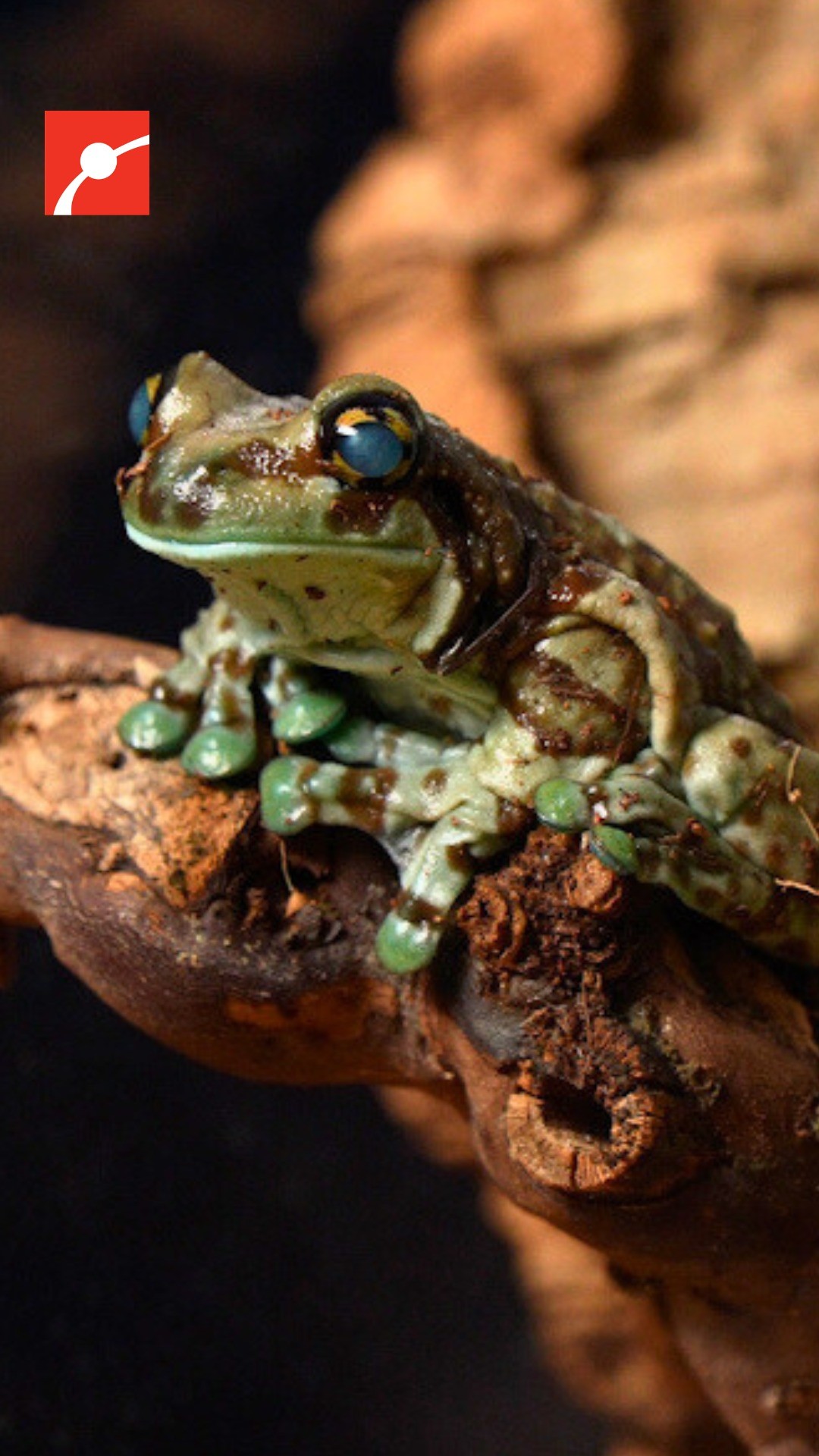- Amazon milk frogs derive their name from the unique milky secretion produced by their skin, serving as a defense mechanism against predators.
- The natural habitat and geographical distribution of Amazon milk frogs highlight their adaptive features, crucial for survival in the rainforests of South America.
- The ecological role and dietary habits of Amazon milk frogs contribute significantly to the biodiversity and balance of their ecosystem.
- Conservation efforts and the importance of protecting Amazon milk frogs are critical to maintaining biodiversity and preventing species decline.
- Educational and cultural significance of Amazon milk frogs reflect their impact on communities and their role in broader environmental education.
Amazon milk frogs are intriguing creatures that spark curiosity both for their distinctive appearance and their unusual name. These amphibians, scientifically known as Trachycephalus resinifictrix, receive their common name from a unique adaptation that enables their survival in the dense, predator-rich forests of the Amazon Basin. The ‘milk’ refers to the milky secretion they produce from their skin, which is toxic enough to deter predators, thereby reducing the threat of predation in their natural habitat.
This secretion plays a crucial role in their survival strategy. The skin excretes a milky, sticky substance when the frog senses danger, effectively warding off potential threats. While not lethal to humans, this toxic secretion can cause irritation and sickness in predators, highlighting a sophisticated evolutionary defense mechanism. The ability of Amazon milk frogs to produce this toxic secretion underscores the complex interactions between species in the Amazonian ecosystem and their varied mechanisms for dealing with threats.
Native to the northern regions of South America, including the rainforest areas of Brazil, Colombia, Venezuela, and the Guianas, Amazon milk frogs have evolved to thrive in their lush, humid environment. These frogs are arboreal by nature, preferring the high canopies of trees, often near water bodies, where they can find ample food and shelter. Their habitat choices provide them with the necessary moisture and cover from predators.
The skin of Amazon milk frogs exhibits an attractive array of colors, typically featuring shades of gray and blue, with distinctive patterns that offer both camouflage and a visual deterrent against predators. Their toes are equipped with specialized pads that allow them to grip onto slick or uneven surfaces, aiding their navigation through the rainforest canopy.
The diet of the Amazon milk frog mainly consists of small insects, including flies, moths, and beetles, which reflects their role as both predators and prey within their ecosystem. By controlling insect populations, these frogs contribute to the ecological balance, highlighting their importance within the rainforest’s biodiversity. The ongoing interaction between Amazon milk frogs and their environment emphasizes their role in sustaining the complex web of life found in rainforest ecosystems.
Despite their adaptability, Amazon milk frogs, like many other amphibians, face threats from habitat destruction, climate change, and pollution. These threats have prompted a growing emphasis on conservation efforts to protect not only the frogs themselves but also the broader environmental health of their rainforest habitats. Conservation strategies emphasize habitat preservation, research, and increased awareness about the impacts of human activities on these delicate ecosystems.
In terms of educational and cultural significance, Amazon milk frogs serve as ambassadors for rainforest conservation. Educational programs involving these amphibians highlight the importance of biodiversity and the intricate relationships between species and their environments. They embody the broader narrative of the vital importance of preserving natural habitats and the myriad species they support.
In museums and zoos around the world, Amazon milk frogs are used to educate the public about the critical role of amphibians in ecosystems and the pressing need to protect these habitats from further degradation. Such initiatives not only provide insights into the lives of Amazon milk frogs but also inspire broader environmental stewardship.
Finally, the cultural impact of Amazon milk frogs extends to local and indigenous communities where these frogs are endemic. In these societies, they may occupy roles within traditional knowledge systems and folklore, serving as symbols of adaptability and resilience.
Awareness of the Amazon milk frog’s unique adaptations and ecological significance can foster appreciation and support for initiatives aimed at preserving rainforest ecosystems. Highlighting the interplay between these frogs and their environment offers valuable lessons in ecology and conservation science, helping to ensure the ongoing protection of these remarkable amphibians.
*****
Source Description
Where do Amazon milk frogs get their name?
Museum Educator Jason explains how these amphibians secrete a milky substance from their skin that is toxic enough to make predators sick.

